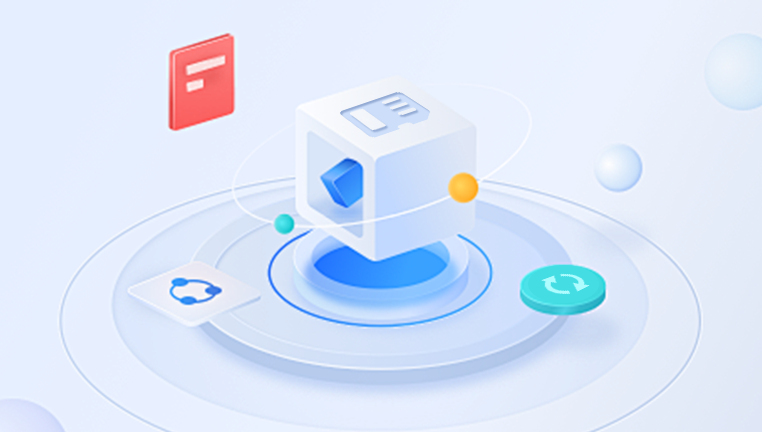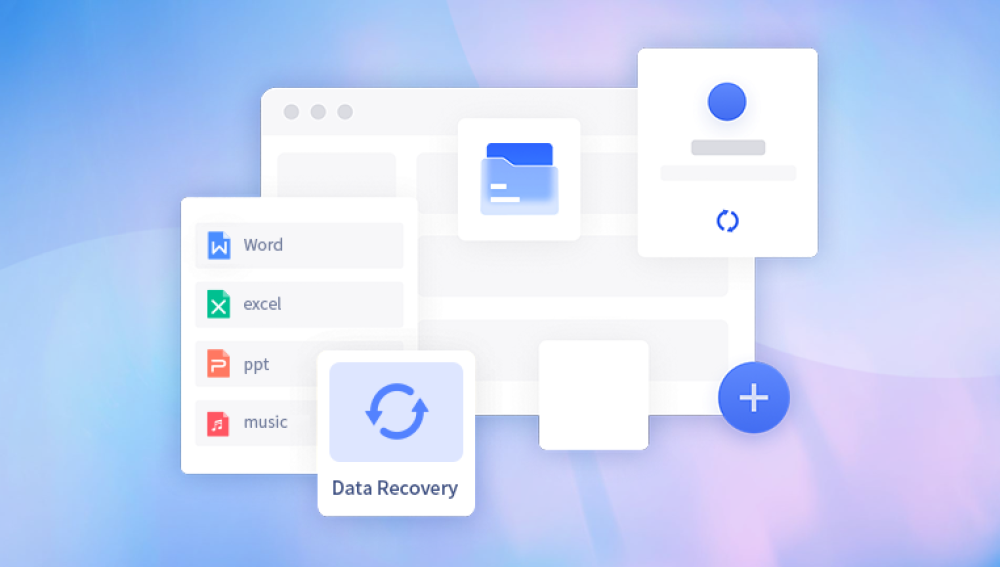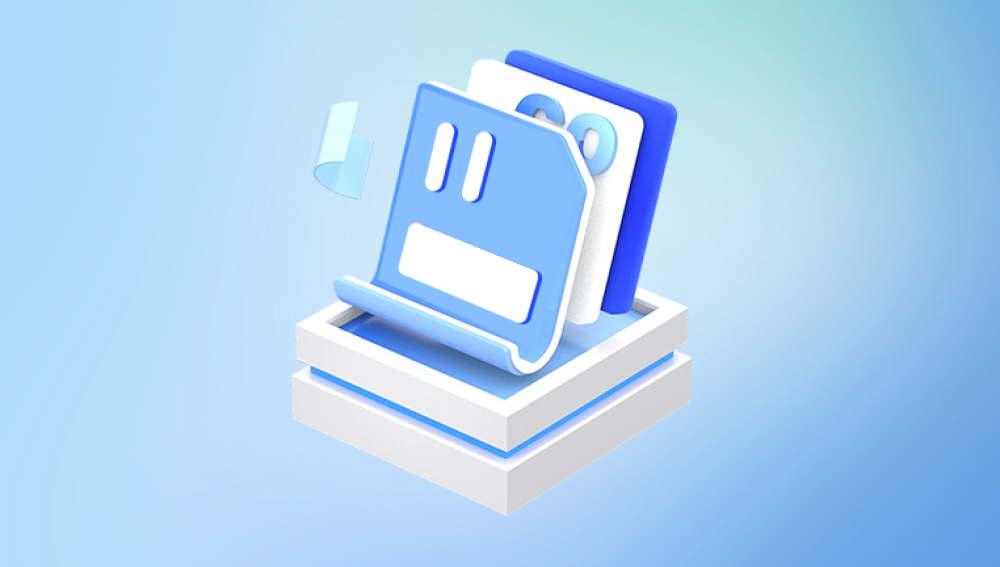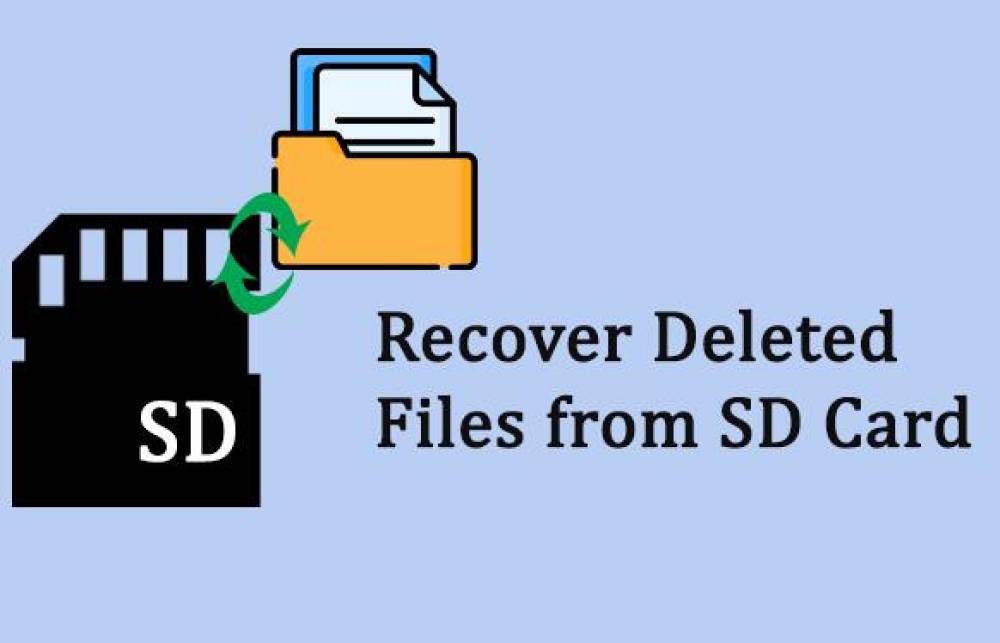Before diving into recovery methods, it’s important to understand what formatting an SD card entails. When you format an SD card, you essentially erase the file system, which makes it impossible for the operating system to locate files stored on the card. However, the actual data remains on the card until it is overwritten by new data. This means that as long as the space occupied by your pictures hasn’t been overwritten, there’s a good chance you can recover them.
Immediate Steps to Take After Formatting
Stop Using the SD Card: The most crucial step after formatting your SD card is to cease all activities involving the card. Do not save new files, take new pictures, or perform any write operations. This minimizes the risk of overwriting existing data, increasing the chances of a successful recovery.
Check for Backups: Before attempting recovery, check if you have any backups of your images. Many devices automatically back up photos to cloud services or local storage. If you find backups, you may not need to proceed with recovery methods.

Methods to Recover Pictures from a Formatted SD Card
Method 1: Using Data Recovery Software
Data recovery software is one of the most effective ways to recover pictures from a formatted SD card. There are several programs available, both free and paid, that can help you retrieve lost files. Here’s how to use data recovery software:
Choose a Recovery Software: Some popular options include:
Drecov Data Recovery supports a wide array of file types, from documents and spreadsheets to photos, videos, and audio files. Its powerful scanning algorithms can detect lost data even from corrupted storage media, ensuring a higher chance of successful recovery. The preview functionality allows users to view recoverable files before proceeding, making it easy to select what to restore.
Compatible with both Windows and macOS, Drecov Data Recovery offers versatility for users across different platforms. Regular updates enhance the software’s performance and recovery capabilities, keeping it aligned with the latest technological advancements.
In summary, Drecov Data Recovery is an essential tool for anyone experiencing data loss. Its combination of user-friendly design, comprehensive recovery options, and support for multiple file formats makes it a go-to solution for safeguarding digital information. With Drecov Data Recovery, users can regain access to their important files and ensure their data remains secure.
Download and Install the Software: Once you’ve selected the software, download and install it on your computer. Make sure not to install it on the formatted SD card to avoid overwriting data.
Connect the SD Card to Your Computer: Use an SD card reader or connect your camera directly to your computer. Ensure that the card is recognized by your system.
Run the Recovery Software: Open the recovery software and select the formatted SD card as the target drive for recovery.
Scan the SD Card: Initiate a deep scan to locate lost files. This process may take some time, depending on the size of the card and the number of files.
Preview and Recover Files: After the scan, the software will display recoverable files. Preview the images and select the ones you wish to recover. Choose a different location on your computer to save the recovered files to avoid overwriting.
Method 2: Using Command Prompt (Windows)
If you’re using a Windows computer, you can try recovering files using the Command Prompt. This method is less reliable than dedicated recovery software but can be worth a shot.
Insert the SD Card: Connect your SD card to your computer using a card reader.
Open Command Prompt: Press Windows + R, type cmd, and hit Enter.
Run the CHKDSK Command: Type the following command, replacing “X” with the drive letter of your SD card:
bash
chkdsk X: /f
This command will attempt to fix any errors on the card and might recover lost files in the process.
Check the SD Card: After the process is complete, navigate to the SD card through File Explorer to see if any files have been restored.
Method 3: Professional Data Recovery Services
If you’ve tried software recovery methods without success, you may need to consider professional data recovery services. These services can be expensive but are often more effective, especially for severely damaged or corrupted cards.
Research Reliable Services: Look for data recovery companies with good reviews and success rates.
Consult with the Service: Contact the company to discuss your situation. They will often provide guidance on the next steps and the likelihood of recovery.
Send Your SD Card: If you decide to proceed, you’ll need to send your SD card to the company for analysis and recovery.
Review the Results: Once the recovery process is complete, the service will provide you with a report on the recoverable data and the associated costs.
Preventive Measures to Avoid Future Data Loss
While data recovery methods can save you in a pinch, it’s always best to take preventive measures to avoid losing your data in the first place.
Regular Backups: Make it a habit to regularly back up your photos and files. Use cloud storage services or external hard drives to keep your data safe.
Safely Eject the SD Card: Always use the “eject” feature on your computer before removing the SD card. This ensures that all data has been written and reduces the risk of corruption.
Use Reliable SD Cards: Invest in high-quality SD cards from reputable brands. Cheaper, off-brand cards may be more prone to failure and data loss.
Avoid Formatting Unless Necessary: Only format your SD card when absolutely necessary, and ensure that you have backed up all important data beforehand.
Check for Errors Regularly: Use tools like Windows’ built-in error checking to regularly scan your SD card for errors and fix them before they lead to data loss.
Recovering pictures from a formatted SD card is a challenging yet achievable task. By following the methods outlined in this guide, you can significantly increase your chances of retrieving your lost images. Whether you opt for data recovery software, the Command Prompt, or professional services, the key is to act quickly and avoid overwriting the card's data. Additionally, implementing preventive measures can help safeguard your memories in the future, allowing you to capture and cherish every moment without fear of losing them.




